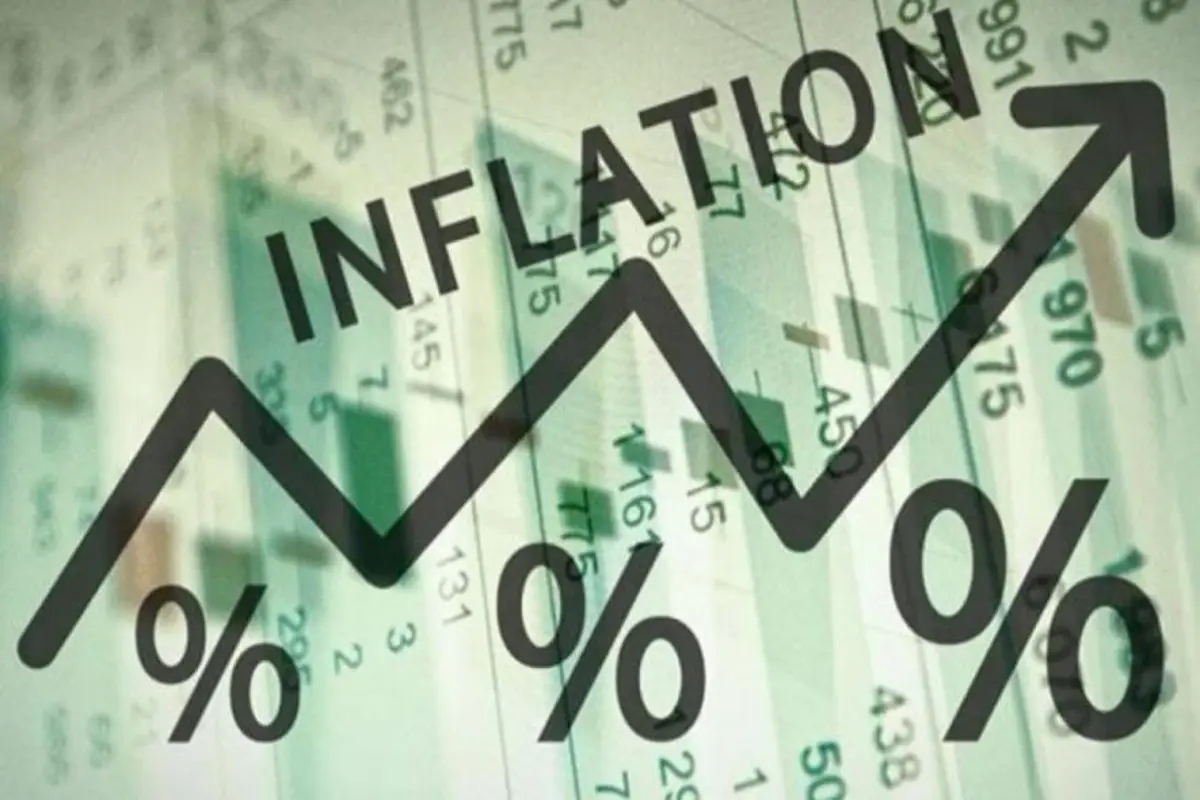
Australian inflation unexpectedly held steady in January, reinforcing the argument for the Reserve Bank to initiate interest rate cuts later this year. According to data from the Australian Bureau of Statistics released on Wednesday, the consumer price index rose by 3.4% year-on-year, below economists’ projections of 3.6%, and unchanged from December’s figure. Even when excluding volatile items, the annual increase stood at 4.1%, a slight decrease from December’s 4.2%, but still surpassing the RBA’s target range of 2-3%.
These numbers will factor into the RBA’s discussions during its meeting on March 18-19, especially given that current borrowing costs are at a 12-year high of 4.35%. Earlier this month, the RBA contemplated further rate hikes due to aggregate demand outpacing the economy’s supply potential, which posed the risk of inflation not returning to target levels within an acceptable timeframe. However, policymakers opted to maintain the status quo amidst indications of a broader economic slowdown, which has been easing price pressures.
Also read: Kremlin Threatens Inevitable Conflict If NATO Sends Troops To Ukraine
Economists anticipate that the RBA could start lowering interest rates as soon as August. Despite the recent inflation figures being the lowest since November 2021, ABS Head of Prices Statistics Michelle Marquardt pointed out that persistent upward pressure from housing rents, insurance, and household utility bills might keep inflation elevated.
Bloomberg economist James McIntyre emphasized that these data points will heavily influence the RBA’s decisions at its March meeting, along with the forthcoming fourth-quarter GDP figures scheduled for release next week. McIntyre predicts that the central bank will maintain its current stance and retain its tightening bias to prevent inflation expectations from escalating.
According to the RBA’s own forecasts, inflation is projected to return to target levels only by December 2025.
To read more such news, download Bharat Express news apps


















